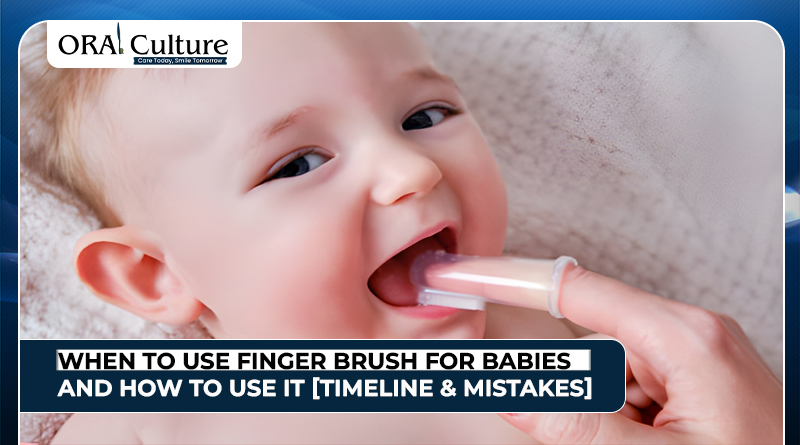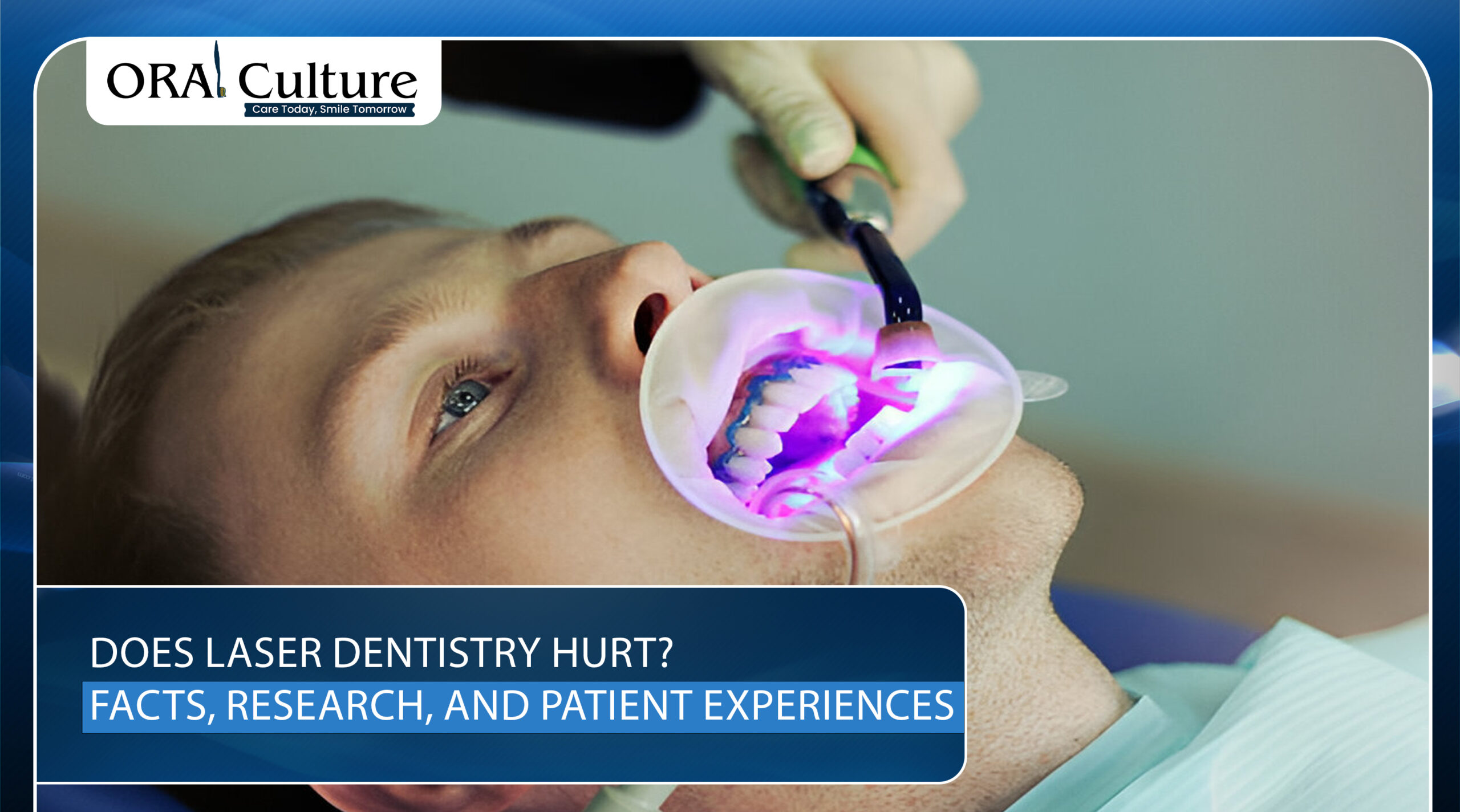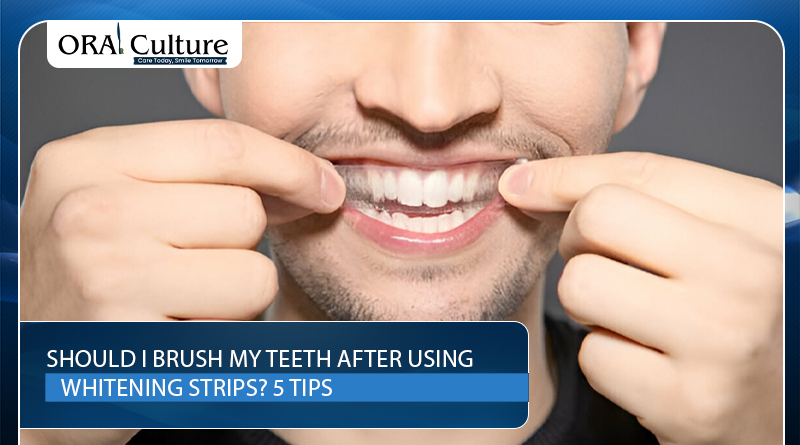Always brush your teeth before applying whitening strips, not after. Because clean, plaque-free teeth allow the whitening ingredients to stick better and do their job properly.
Many people wonder about the best way to use teeth whitening strips and what they should or shouldn’t do afterwards.
Can you eat after whitening strips? Can you drink water? These are all common questions, and we will walk you through everything.
Why Brushing Before Whitening Strips Is Better
Brushing before using strips helps remove food particles and plaque, so the whitening gel sticks to your teeth properly. However, don’t use a strong whitening toothpaste or brush too hard before applying the strips. This could make your teeth and gums more sensitive.
Before applying your whitening strips, gently brush with a soft-bristled toothbrush and fluoride toothpaste. Then, wait 20–30 minutes before applying them. This gives your saliva time to coat your teeth naturally and reduce sensitivity.
What Happens If You Brush After Whitening Strips?
Whitening strips contain a gel (usually hydrogen peroxide) that temporarily opens up the pores in your enamel. If you brush right after, you may irritate your teeth or gums.
Give your smile a little breathing room, wait at least 30 minutes after removing whitening strips before brushing
5 Tips to Review Before You Use Whitening Strips for Teeth
Before you stick on those whitening strips, it’s smart to prep the right way.
1. Time Your Brushing Wisely
Brushing before applying whitening strips is important, but the timing matters even more. Brush your teeth about 30 minutes before. This way, your teeth are clean, but the enamel has enough time to rehydrate.
Jumping straight from brushing to whitening can make your teeth feel zingy or overly sensitive.
2. Dry Your Teeth Before Application
Here’s a trick most people don’t know:
Dry teeth = better results.
Whitening gel sticks better when teeth aren’t wet. Before applying the strips, use a clean tissue or gently blow air on your teeth. This little step helps the gel stay in place and work more evenly.
3. Don’t Skip the White Diet
Right after using whitening strips, your teeth act like sponges, ready to soak up anything they touch. For 24 hours, steer clear of dark or colorful foods and drinks. Stick to pale options like rice, pasta, chicken, or milk to keep stains away and let your brighter smile settle in.
Think chicken, rice, bananas, milk, and plain bread. Skipping this step could undo all your whitening efforts with one cup of coffee.
4. Use a Sensitivity Toothpaste Before Starting the Whitening Journey
If your teeth tend to be sensitive, don’t wait until it’s too late; start using a desensitizing toothpaste at least a week before your whitening routine. This gives your enamel a head start in building resistance, so your smile can brighten without the sting.
Brands like Sensodyne or Colgate Sensitive can help build a buffer, so your teeth won’t feel the shock when the strips go on.
Prevention is always easier than a painful fix.
5. Be Consistent, But Not Excessive
Using whitening strips too often won’t make your teeth extra white; it might just make them extra sensitive. Follow the product’s schedule strictly. If it says 14 days, don’t go beyond that.
Overuse can wear down enamel and cause long-term issues. Consistency is good, but moderation is key.
Can I Eat After Using Whitening Strips?
Yes, but not right away. After using whitening strips, your teeth are more porous and vulnerable to stains.
Hold off on eating for at least 30 to 60 minutes after using whitening strips; your teeth need a little time to settle. And when you do eat, skip anything that could stain your freshly whitened smile. That means avoiding:
- Coffee
- Tea
- Red wine
- Tomato sauce
- Berries
Instead, choose “white” or colorless foods like:
- Plain pasta
- Rice
- Chicken
- Bananas
- White bread
This diet is sometimes called a “white diet”, and dentists often recommend it after whitening treatments.
Can I Drink Water After Whitening Strips?
Yes, you can drink water only after removing the strips, and preferably after rinsing your mouth with plain water first.
Drinking water while the strips are still on can cause them to move or become less effective. Also, drinking colored or acidic drinks like juice or soda right after using whitening strips can lead to new stains or sensitivity.
After using whitening strips, play it safe with your sips. Stick to clear, plain water for at least an hour. This keeps your mouth hydrated without risking stains or irritating your freshly treated enamel.
Fun Fact: Why Teeth Become Sensitive After Whitening?
As per Science Direct, Hydrogen peroxide in whitening strips breaks down stains by entering the enamel. Whitening strips can temporarily open up tiny pores in your enamel, making your teeth more sensitive to hot or cold. It’s a short-term side effect, but it’s why that ice cream or hot coffee might hit a little harder than usual right after whitening.
It’s a normal side effect that usually disappears within a few hours or days.
Final Thoughts
Brush your teeth before, not after.
Wait before eating or brushing.
Most importantly, be kind to your teeth; they are more sensitive than they look.
With the right care, your smile will shine brighter and stay healthier.
And if you’re unsure about any product or have sensitive teeth, talk to the team at Oral Culture. A little guidance can go a long way toward a confident, healthy grin.
People Also Ask
How long can I wait to wash my teeth after using whitening strips?
After applying whitening strips, you should wait at least half an hour before brushing. This keeps your enamel from becoming irritated and allows it to heal.
After using whitening strips, is it acceptable to rinse your mouth?
Indeed. After taking off the strips, gently rinsing with water helps remove any remaining gel without hurting.
After teeth whitening, should you brush your teeth?
Sure, but not right away. After using the strips, wait half an hour before brushing. If necessary, use a mild toothpaste designed for delicate teeth.
After removing the whitening strips, what should I do?
Rinse your mouth with water, avoid dark-colored foods and drinks, and wait before brushing. Stay hydrated to help flush out any remaining chemicals.
Can I use Crest White Strips daily?
Most Crest White Strips are designed for daily use, but not more than the recommended amount. For the greatest and safest results, always adhere to the product’s instructions.
Following the use of whitening gel, do you brush your teeth?
If you are using a whitening gel or tray (instead of strips), the same rules apply. Brush before applying the gel. Wait 30 minutes after removal before brushing again. Brushing right after the gel can cause enamel irritation. Give your teeth time to rest.






